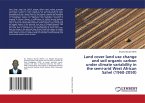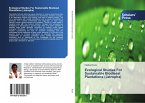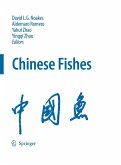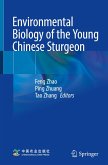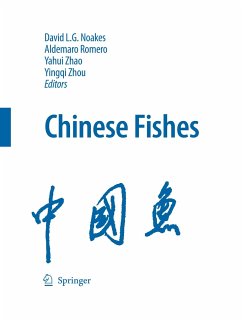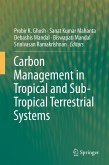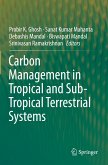The SOC's spatial distribution and dynamic balance are important indicators in evaluating soil quality and sustainable use. SOC quantity and spatial patterns are thus related to local ecological environments, the characteristics of plant communities, and human activitie. However, such information related to subtropical plantations such as Chinese hickory still remains poorly understood. Chinese hickory, a tree species unique to China, is mainly distributed in the Tianmu Mountain area in Zhejiang and Anhui Provinces. We hypothesized that the soil quality in the monospecific Chinese hickory stands would decrease with the increasing duration of intensive management.Under the conditions of this study, the changes of soil fertility and soil microbial community diversity were largely determined by tillage, fertilization, and intercropping grasses. The results gathered from this work will provide essential information for reasonable utilization of sod cultivation in Chinese hickory production.
Bitte wählen Sie Ihr Anliegen aus.
Rechnungen
Retourenschein anfordern
Bestellstatus
Storno


